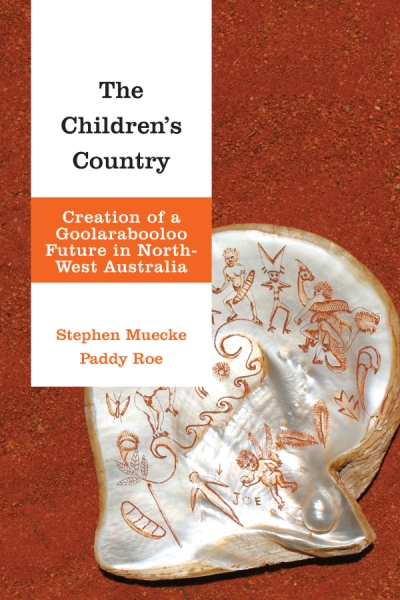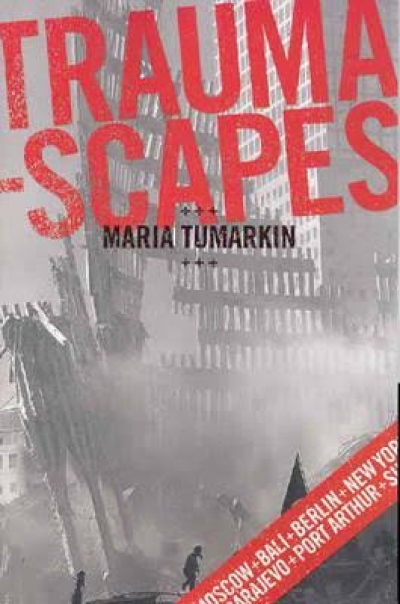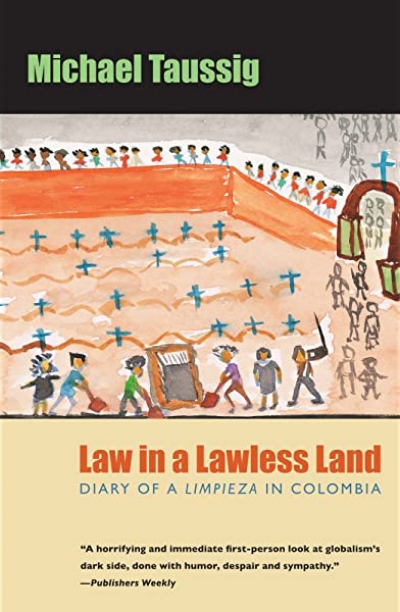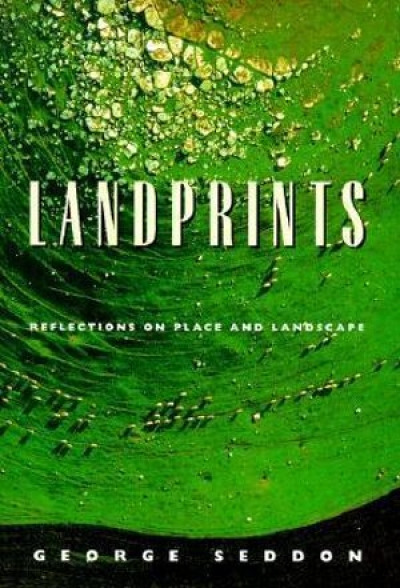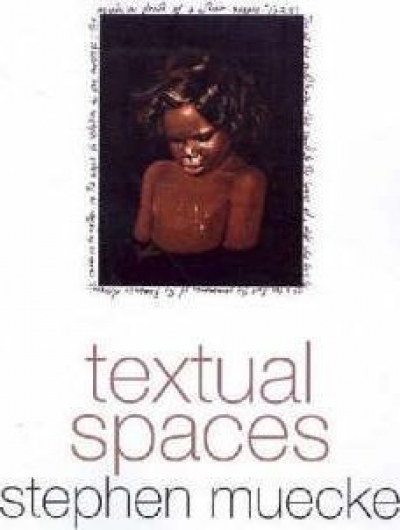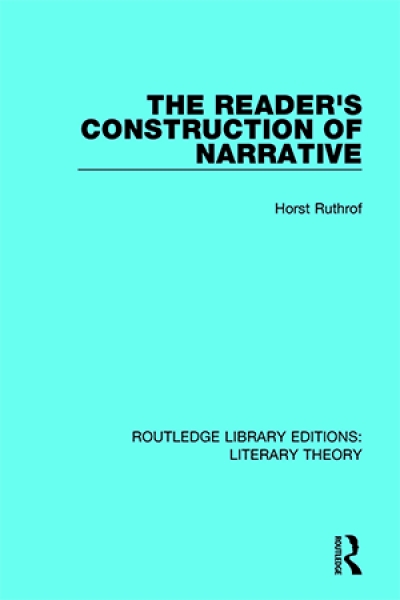Stephen Muecke
The Children’s Country: Creation of a Goolarabooloo future in north-west Australia by Stephen Muecke
by Philip Morrissey •
Traumascapes: The power and fate of places transformed by tragedy by Maria Tumarkin
by Stephen Muecke •
Law in a Lawless Land: Diary of a limpieza in Colombia by Michael T. Taussig
by Stephen Muecke •
Legendary Tales of the Australian Aborigines by David Unaipon, edited and introduced by Stephen Muecke and Adam Shoemaker
by Susan Hosking •
Landprints: Reflections on place and landscape by George Seddon
by Stephen Muecke •
Textual Spaces: Aboriginality and cultural studies by Stephen Muecke
by David Goodman •
In last month’s Telecom Australian Voices essay, Robert Dessaix discussed the ways in which multiculturalism divides up the Australian literary scene, concluding that “in a word, it’s time our multicultural professionals stopped marginalising multicultural writers”. The response of Sneja Gunew, who was quoted in that essay, is printed in its entirety here, along with other letters prompted by the essay.
... (read more)
